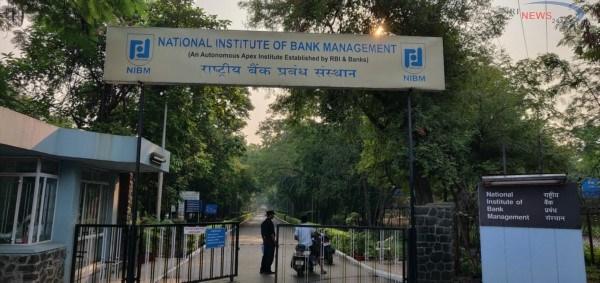Cryptocurrencies, Blockchain, and Finance
Bob Chakravorti was a guest lecture in Heather Russell's graduate law FinTech Program at Boston University Law School. Bob discussed the potential roles for cryptocurrencies and blockchains in finance.

As part of training of Indian senior bankers, the National Institute of Bank Management located in Pune, India, invited Bob Chakravorti to teach three courses. This course is on the viability and applications of cryptocurrencies and crypto assets.
Bob Chakravorti was a guest lecture in Heather Russell's graduate law FinTech Program at Boston University Law School. Bob discussed the potential roles for cryptocurrencies and blockchains in finance.
Recent headlines like: “Bitcoin Mania: Even Grandma Wants In on the Action” and “When Grandma and Grandpa Join the Frenzy, You Know Bitcoin Is Turning into a Bubble,” suggest that bitcoin has become part of the common man’s conversation. Recently, the value of bitcoin eclipsed $19,000 after starting the year just a tad below $1000. While the price appreciation of bitcoin has garnered the lion’s share of the public’s attention, the more important question is: how bitcoin and other cryptocurrencies along with the underlying technology are going to impact the way we pay, save and invest locally and globally?
In this chapter, Biasi and Chakravorti study how cryptotoken issuance, also referred to as initial coin offerings and security token offerings, may disrupt funding markets such as venture capital, crowdfunding, and private equity. The authors discuss the necessary infrastructure to support this new asset class. The authors analyze the market evolution in terms of volatility, global reach, news events, and types of industries that are issuing or considering to issue tokens. The authors discuss some specific token offerings to highlight lessons learned. the authors summarize the regulatory landscape and challenges going forward. This market crashed in terms of market capitalization at the end of 2018. However, this new asset class along with the underlying technology holds great promise to disrupt various types of intermediaries if adequate financial and regulatory infrastructures are developed.